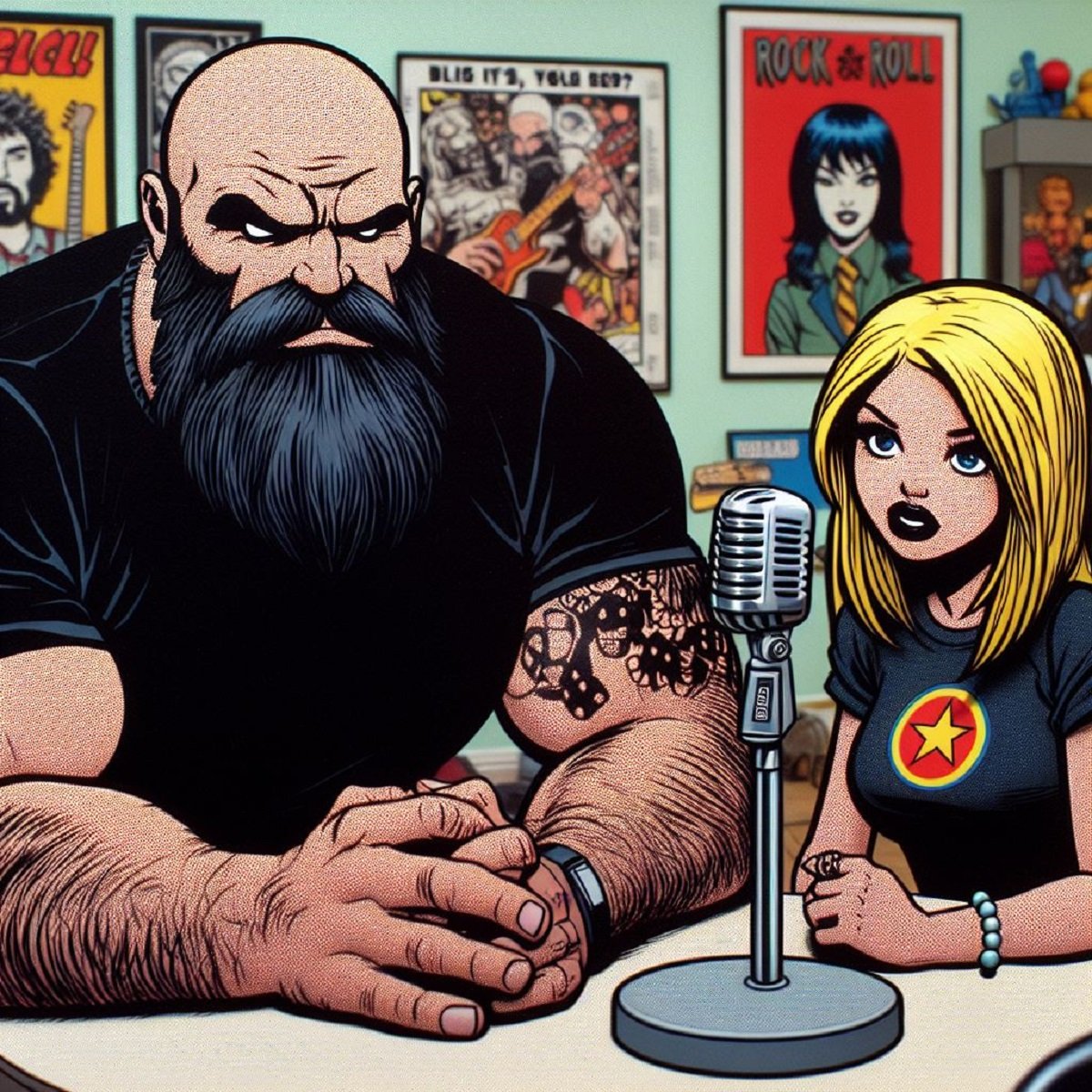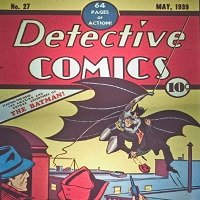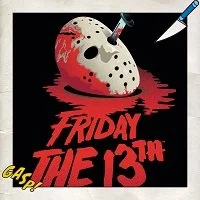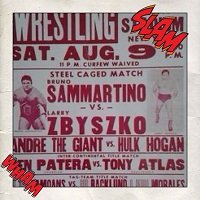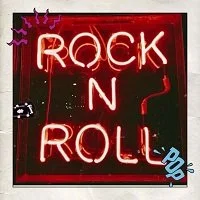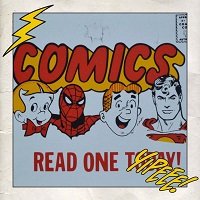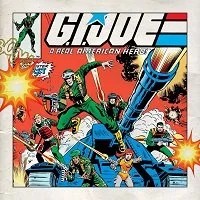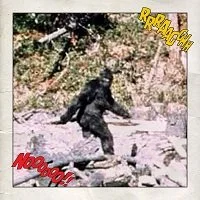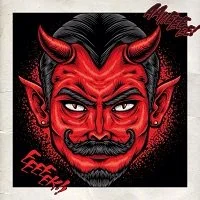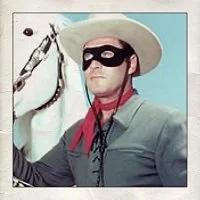Echos of the Pop: Baseball Cards
By: Juan Nunez (Twitter)
It's 1867 in Boston, and you're a gentleman who's handed an illustrated card by a potential business partner. One side has a beautifully detailed illustration of a large building. It's detailed enough that you can see the style of the window frames on the building in this pocket-sized card. The caption reads, "Design for a town hall." This is a "trade card" for an architect firm based out of Dorchester, Massachusetts. Trade cards are comparable to modern-day business cards. Since the later 1700s, they've been printed as a form of advertising by businesses far and wide. People have even begun collecting them as a hobby due to their beautiful art. Often, they include full color lithographed pictures by professional artists of the era.
It's 1904 in London, and you're buying a pack of Taddy Cigarettes. Inside, you find a card of a Russian general in full uniform. It's a part of the Cigarette card set for the Russo-Japanese War, the war which has been making headlines across the world most of the year. For years by this point, Cigarette companies have been including illustrated cards with all sorts of interesting images. Stage actors, famous sportsmen, world leaders, recreations of important current events, etc. If you want to collect the set, you better buy many packs from the same company.
It's 1933 in New York City, and you're a 10-year-old boy who bought a pack of Goudey gum. Inside, you find a Cleveland Indians' Earl Averill card. You had your heart set on a Lou Gehrig card. He's your favorite player. Maybe you can trade the card with one of your classmates?
It's 1962 in New York City, and you're the son of the 1933 boy. You spent a nickel of your weekly allowance buying a "Wax pack" at your local grocery store. Wax Packs are packs of 5 baseball cards wrapped in wax paper sold by the company Topps. Topps has had a monopoly on the baseball trading card industry since the mid-1950s.
It's 1984 in Los Angeles, and you're standing in your school's lunchroom. Another kid is offering to trade you a Dwight Gooden in exchange for 5 of your cards. You know rookie cards could be worth a lot of money someday, and you just watched Gooden pitch a complete game shutout against your Dodgers last week. Conventional wisdom states that you shouldn't spend too much on pitcher rookie cards because one arm injury could ruin their entire career.
It's 1991 in Pittsburgh, and you're a child trying to decide if you should get a pack of Topps, Upper Deck, Score, Bowman, or any number of other trading card brands in front of you in this neighborhood collectible cards store.
It's 2010 in Pittsburgh. You're the 1991 child who is now an adult who found his childhood baseball card collection in his parent's basement. Maybe the Bobby Bonilla 1991 card is worth something? You're shocked to find out that the last remaining collectible store in your area won't buy your cards because they don't have any value, and you can literally get a complete box of unopened 1991 cards for less than $5 plus shipping online.
It's 2020 in Seattle, and you're a middle-aged VP of a major tech company. You're spending your weekday downtime searching eBay. Maybe you'll pull the trigger on that $525,000 mint condition Mickey Mantle autographed rookie card. It'd make an excellent centerpiece for your collection.
During its peak in the 1980s and 1990s, baseball card collecting was a massive past time that expanded across generational gaps. Millions of people collected cards in hopes of getting something truly valuable someday. Beckett Baseball Card Monthly was a popular magazine that kept track of card values across the country, similar to Wizard magazine for comic books. Professional Wrestling fans may remember that Don West, TNA Impact announcer in the 2000's, made a name for himself selling memorabilia such as baseball cards on the Home Shopping Network a decade earlier than that. It wasn't just a hobby, it was an exciting investment opportunity for mainstream America.
According to a July 29, 1992 newspaper article from the Arizona Republic newspaper, there were more than 12,000 Baseball card shops nationwide, about 27 million collectors, and the industry was worth $1.96 billion. That would be about $3.53 billion in 2020 value.
Today, baseball trading cards are a niche hobby kept alive mostly by people that remember how things used to be. They have a lot of disposable income, and this is how they choose to spend it. A Youtube search for "baseball card collecting" with filters set to videos less than a month old and results sorted by view count shows a relatively inactive community. No videos have more than 10,000 views, and the vast majority of the top results only have a couple of hundred views. These content creators are passionate about their content, but the reality is that the scale is microscopic in comparison to what it was 30 years ago.
The most obvious reason is that the collecting bubble burst. Countless relatively identical cards of players can't have any real value. Especially when the vast majority of players don't have any name recognition after they've been out of the league a few years.
Another obvious reason is that the world around card collecting changed. If someone in the 1980s wanted to look up his favorite player's batting average the previous season, they'd look up the baseball card. If someone today wants to do the same, they do a google search. We also have 24/7 free access to unlimited sports photography and highlight videos online. That wasn't the case before the internet. If someone wants to spend extra hours interacting with a sport that they love, they are more likely to get more enjoyment from video games and fantasy sports than trading cards.
A less obvious, but perhaps even more significant reason is that we don't value physical media in the same way that we did decades ago. Even among current card collectors, estimated monetary value is the only gauge of a card's worth that matters. The design of one brand's cards Vs. another brand's cards and overall build quality differences between brands were essential aspects of the physical card that effected purchasing and trading. Today, these elements have lost all meaning. Once upon a time, one could buy and keep a card just because it looked cool. This is a practice that seems to have been lost to time.
Baseball trading card collecting is a past time as old as baseball itself. Its ups and downs mirror the popularity of the game itself, but it hit a wall in the modern world, and it isn't likely to survive past the current generation. Modernity comes with a fair share of casualties, and baseball card collecting and sports card collecting, in general, appear to be among them. A relic of a simpler time.
If you found this article interesting consider becoming a Patreon supporter. That is how When It Was Cool keeps our website and podcasts online, plus you get lots of bonus content including extra and extended podcasts, articles, digital comics, ebooks, and much more. Check out our Patreon Page to see what's up!
If you don't want to use Patreon but still want to support When It Was Cool then how about a one time $5 PayPal donation? Thank you!
